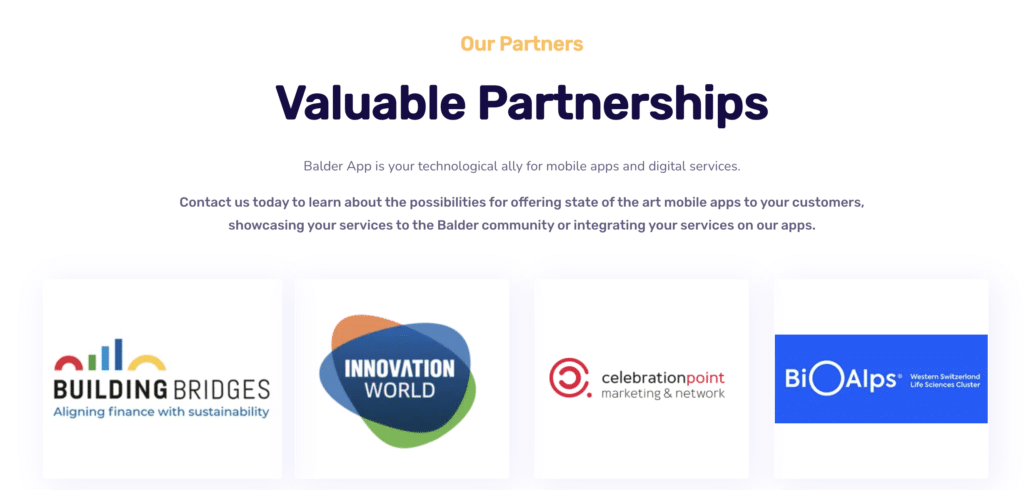10 Strategic Best Practices for Successful Partnerships

When it comes to forming successful partnerships, having a strong demand generation strategy is key. In today’s competitive business landscape, companies must work together to drive demand for their products and services. By implementing strategic demand best practices, businesses can maximize their partnership potential and achieve mutual success. In this article, we will explore 10 strategic demand best practices for successful partnerships.
1. Define clear goals and objectives: Before entering into a partnership, both companies should clearly define their goals and objectives. This will ensure that both parties are on the same page and working towards a common goal. By setting clear expectations from the outset, companies can avoid misunderstandings and miscommunication down the line.
2. Develop a comprehensive demand generation strategy: A successful partnership requires a comprehensive demand generation strategy that outlines how both companies will work together to drive demand for their products and services. This strategy should include a mix of tactics such as advertising, social media marketing, content marketing, and lead generation.
3. Identify target audiences: In order to effectively drive demand, companies must identify their target audiences and tailor their messaging and marketing efforts accordingly. By understanding the needs and preferences of their target audiences, companies can create more targeted and effective demand generation campaigns.
4. Leverage data and analytics: Data-driven decision making is essential for successful demand generation partnerships. By leveraging data and analytics, companies can track the performance of their demand generation campaigns, identify trends and opportunities, and make informed decisions to optimize their strategies.
5. Create compelling content: Content is king when it comes to demand generation. Companies should focus on creating compelling, engaging content that resonates with their target audiences and drives them to take action. Whether it’s a blog post, social media update, or email campaign, companies should strive to deliver relevant and valuable content to their audience.
6. Implement lead nurturing strategies: Lead nurturing is an essential component of successful demand generation partnerships. By nurturing leads through targeted and personalized communications, companies can move prospects through the sales funnel and ultimately convert them into customers. This may include sending follow-up emails, offering exclusive promotions, or providing relevant content.
7. Collaborate on campaigns: Collaboration is key to successful demand generation partnerships. Both companies should work together to develop and execute demand generation campaigns that align with their goals and objectives. By pooling their resources and expertise, companies can create more impactful and effective campaigns.
8. Measure and track performance: It’s important for companies to measure and track the performance of their demand generation efforts to assess their effectiveness and make improvements. By monitoring key metrics such as website traffic, leads generated, and conversion rates, companies can identify areas for optimization and refine their strategies accordingly.
9. Communicate regularly: Open and transparent communication is essential for successful demand generation partnerships. Companies should regularly communicate with each other to share updates, discuss challenges, and brainstorm new ideas. By fostering a culture of collaboration and communication, companies can strengthen their partnership and drive better results.
10. Continuously optimize and iterate: The business landscape is constantly evolving, and companies must be willing to adapt and evolve their demand generation strategies to stay ahead of the curve. By continuously optimizing and iterating on their strategies, companies can stay competitive and drive sustained demand for their products and services.
In conclusion, successful demand generation partnerships require a strategic approach and a commitment to collaboration, communication, and continuous improvement. By following these 10 strategic demand best practices, companies can maximize their partnership potential and achieve mutual success in today’s competitive business landscape.
